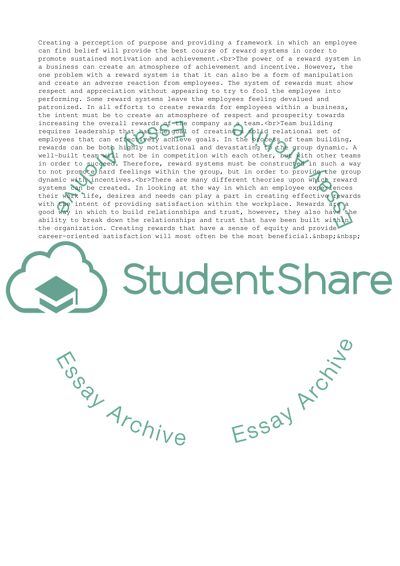Cite this document
(How to Inspire Employees to Greater Levels of Achievement For the Bene Assignment, n.d.)
How to Inspire Employees to Greater Levels of Achievement For the Bene Assignment. Retrieved from https://studentshare.org/business/1738788-reward-practices-strategically-to-influence-the-employee-behavior
How to Inspire Employees to Greater Levels of Achievement For the Bene Assignment. Retrieved from https://studentshare.org/business/1738788-reward-practices-strategically-to-influence-the-employee-behavior
(How to Inspire Employees to Greater Levels of Achievement For the Bene Assignment)
How to Inspire Employees to Greater Levels of Achievement For the Bene Assignment. https://studentshare.org/business/1738788-reward-practices-strategically-to-influence-the-employee-behavior.
How to Inspire Employees to Greater Levels of Achievement For the Bene Assignment. https://studentshare.org/business/1738788-reward-practices-strategically-to-influence-the-employee-behavior.
“How to Inspire Employees to Greater Levels of Achievement For the Bene Assignment”, n.d. https://studentshare.org/business/1738788-reward-practices-strategically-to-influence-the-employee-behavior.


